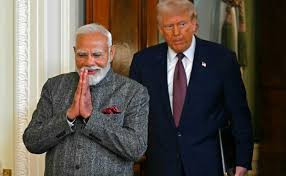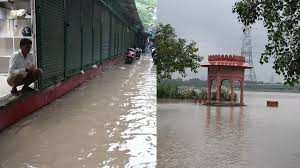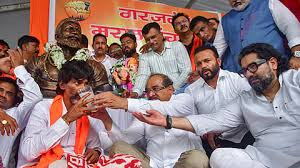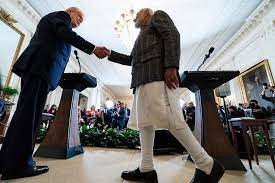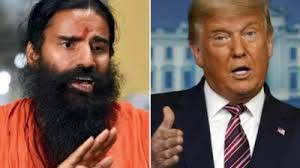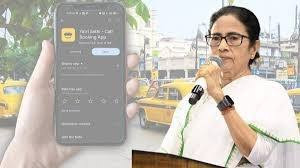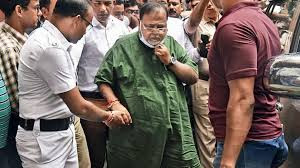PM flags off Maruti Suzuki’s e-Vitara as ‘Made in India’ EV set for export to 100+ countries
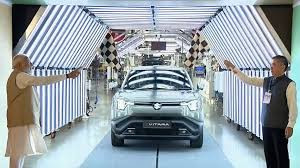
IIE DIGITAL DESK : Prime Minister Narendra Modi on August 26, 2025, inaugurated the rollout of Maruti Suzuki’s first global battery electric vehicle, the e-Vitara, at the Hansalpur facility in Gujarat and also launched a localised production line for hybrid battery electrodes—moves positioned squarely within his “Make in India, Make for the World” and self-reliance push. The event highlighted India’s effort to turn domestic manufacturing strength into export capability, with the e-Vitara slated for shipment to more than 100 countries, including European markets and Japan.
The e-Vitara is presented as a global electric SUV with compact exterior dimensions and a modern powertrain architecture. It measures 4,275 mm in length with a 2,700 mm wheelbase and uses an integrated 3-in-1 electric system combining motor, inverter and transmission. Buyers will be offered two battery options: a 49 kWh pack paired with a front motor delivering 144 hp and 189 Nm, and a larger 61 kWh pack coupled to a front motor producing 174 hp and 189 Nm. A higher-performance all-wheel-drive variant, achieved by adding a 65 hp rear motor, yields a combined output of roughly 184 hp and 300 Nm and is expected to push range beyond 500 km on the larger battery.
Crucially for India’s ambitions in the battery supply chain, Modi inaugurated a lithium-ion battery facility created through a collaboration between Suzuki, Toshiba and Denso that will manufacture hybrid battery electrodes and localise more than 80 percent of the components and processes required for lithium-ion batteries. Officials framed the plant as a step toward reducing import dependence and enabling India not only to assemble EVs domestically but also to export finished vehicles and critical components to global markets.
Maruti Suzuki also outlined its support ecosystem for customers and after-sales: smart home chargers with installation help for owners, a plan to roll out public fast-charging infrastructure in the top 100 cities within two to three years with chargers spaced every 5–10 km in urban corridors, and the establishment of some 1,500 EV-ready workshops across more than 1,000 cities to strengthen service capabilities. These commitments aim to address common buyer concerns around charging accessibility and service support as the company prepares to scale exports and domestic deliveries.
Beyond the immediate product launch, the e-Vitara and the battery facility symbolise a broader industrial strategy: leveraging India’s growing manufacturing base to capture higher value in the EV supply chain and to project “swadeshi” manufacturing into global markets. While the announcement signals momentum for India’s green mobility goals, successful execution will depend on supply-chain resilience, continued localization of critical inputs, and rapid expansion of charging and service networks to support mass adoption.
You might also like!




